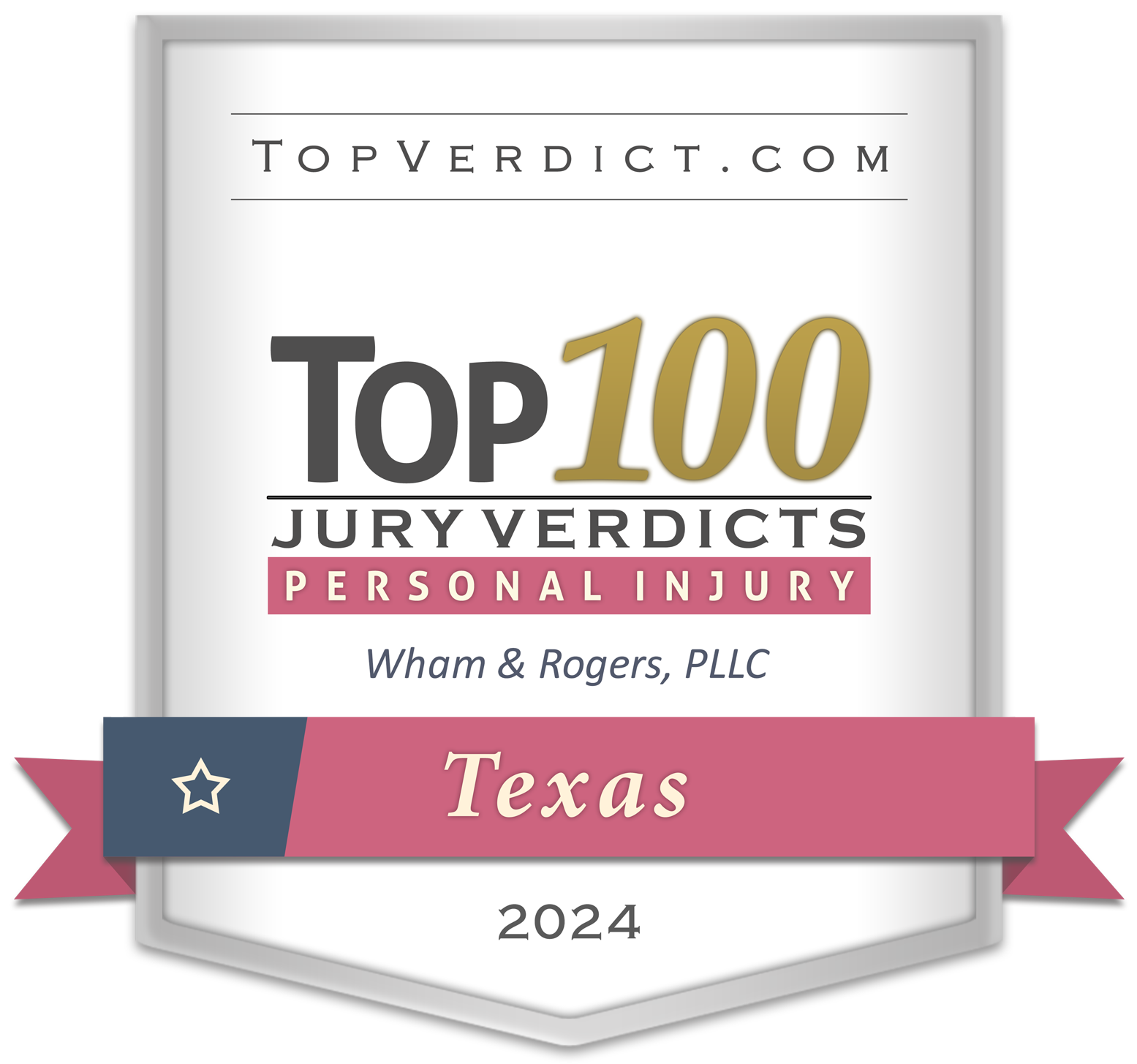By Rene Rogers
•
February 12, 2025
Don’t all employers in Texas have to carry worker’s compensation insurance? No. Texas is the only state that does not require private employers to carry worker’s compensation insurance. How do I find out if my employer carries worker’s compensation insurance? You can search the Texas Department of Insurance page here: https://www.tdi.texas.gov/ Many large employers such as Amazon, Walmart, HEB, McDonald's, Home Depot, Kroger, Target, Dollar General, Hobby Lobby, and Whole Foods are non-subscribers, meaning that they do not have worker’s compensation insurance. If you are employed by one of these companies and are injured on the job, you have a "non-subscriber" claim. I’ve been injured on the job and my employer is a non-subscriber. What rights do I have? You have the right to recover for all damages you suffered. Your recovery is not limited by the Texas Worker’s Compensation Act. As the employee of a non-subscriber, you must prove the negligence of your employer. Your employer has a duty to provide you with a safe workplace. If you are injured by your employer’s failure to provide proper safety equipment, failure to properly train your coworkers, or assigning you tasks outside your job description, you may be able to recover for your employer’s negligence which caused your injuries. If there is an on-the-job fatality, the family members of the worker who lost his life may be able to file a claim for wrongful death against the non-subscribing employer. When an employee is injured as a result of his or her employer’s negligence, the employee may recover more in damages than if the employer had worker’s compensation insurance. What damages can I recover in a non-subscriber case? A non-subscribing company may be sued for damages such as pain and suffering and medical expenses. The non-subscribing company may also be held liable for gross negligence or punitive damages. What defenses do non-subscriber employers have when employees are injured? Non-subscribing employers may not claim that their employees were contributorily negligent or that the employee assumed the risk of the dangerous activity they were assigned to do. Non-subscribers cannot escape liability for their employee’s injury because a coworker was at-fault. Non-subscribing employers are able to escape liability if an employee is intoxicated, reckless or deliberately caused their own injury. Can I sue my employer for an on-the-job injury if my employer has worker’s comp? No. If your employer has worker’s compensation insurance, your sole remedy is through the worker’s compensation system. At Wham & Rogers, we have years of experience handling non-subscriber cases. If you have been injured on the job and your employer is a non-subscriber, call us at 832-592-1108 or text us at (832) 413-1428 for your free consultation.






















